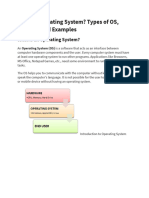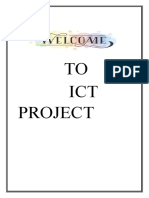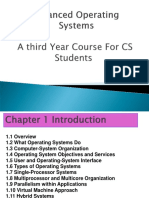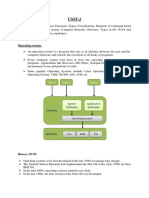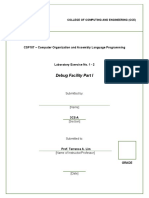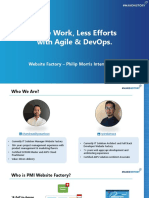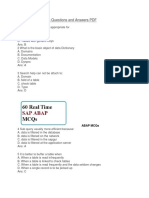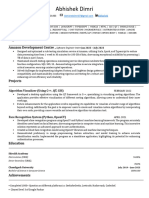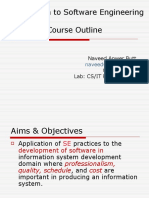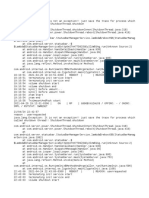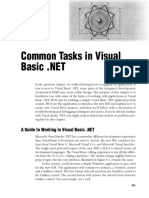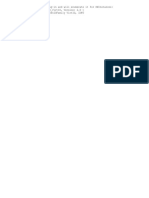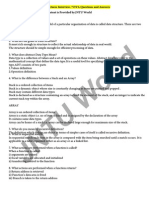0% found this document useful (0 votes)
33 views17 pagesComputer
An Operating System (OS) is essential software that serves as an interface between users and computer hardware, enabling the execution of applications. Key functions of an OS include process management, memory management, file management, and device management, while types of OS include batch, multitasking, real-time, and mobile systems. The kernel is the core component responsible for managing communication between software and hardware.
Uploaded by
signup7898Copyright
© © All Rights Reserved
We take content rights seriously. If you suspect this is your content, claim it here.
Available Formats
Download as PDF, TXT or read online on Scribd
0% found this document useful (0 votes)
33 views17 pagesComputer
An Operating System (OS) is essential software that serves as an interface between users and computer hardware, enabling the execution of applications. Key functions of an OS include process management, memory management, file management, and device management, while types of OS include batch, multitasking, real-time, and mobile systems. The kernel is the core component responsible for managing communication between software and hardware.
Uploaded by
signup7898Copyright
© © All Rights Reserved
We take content rights seriously. If you suspect this is your content, claim it here.
Available Formats
Download as PDF, TXT or read online on Scribd
/ 17























